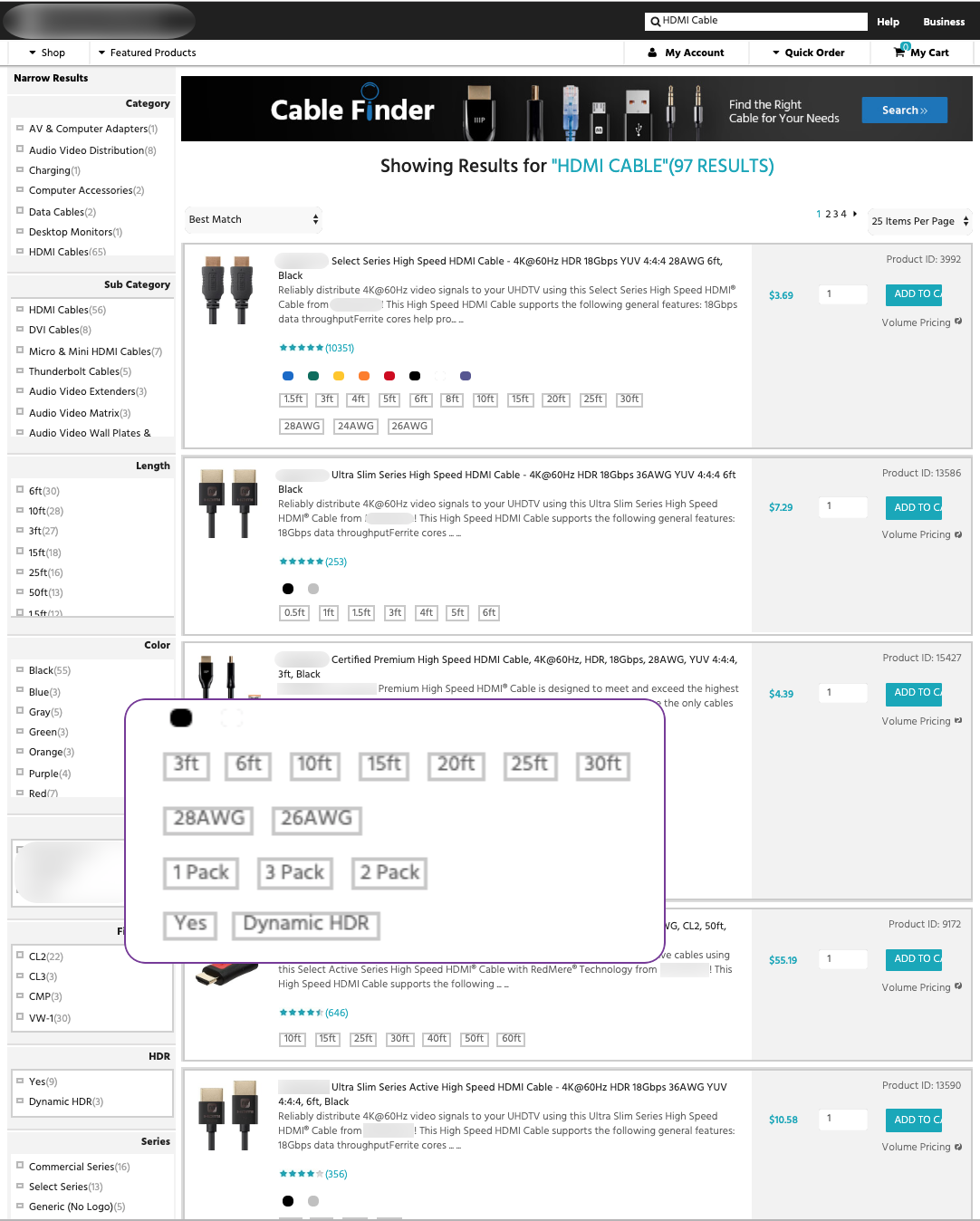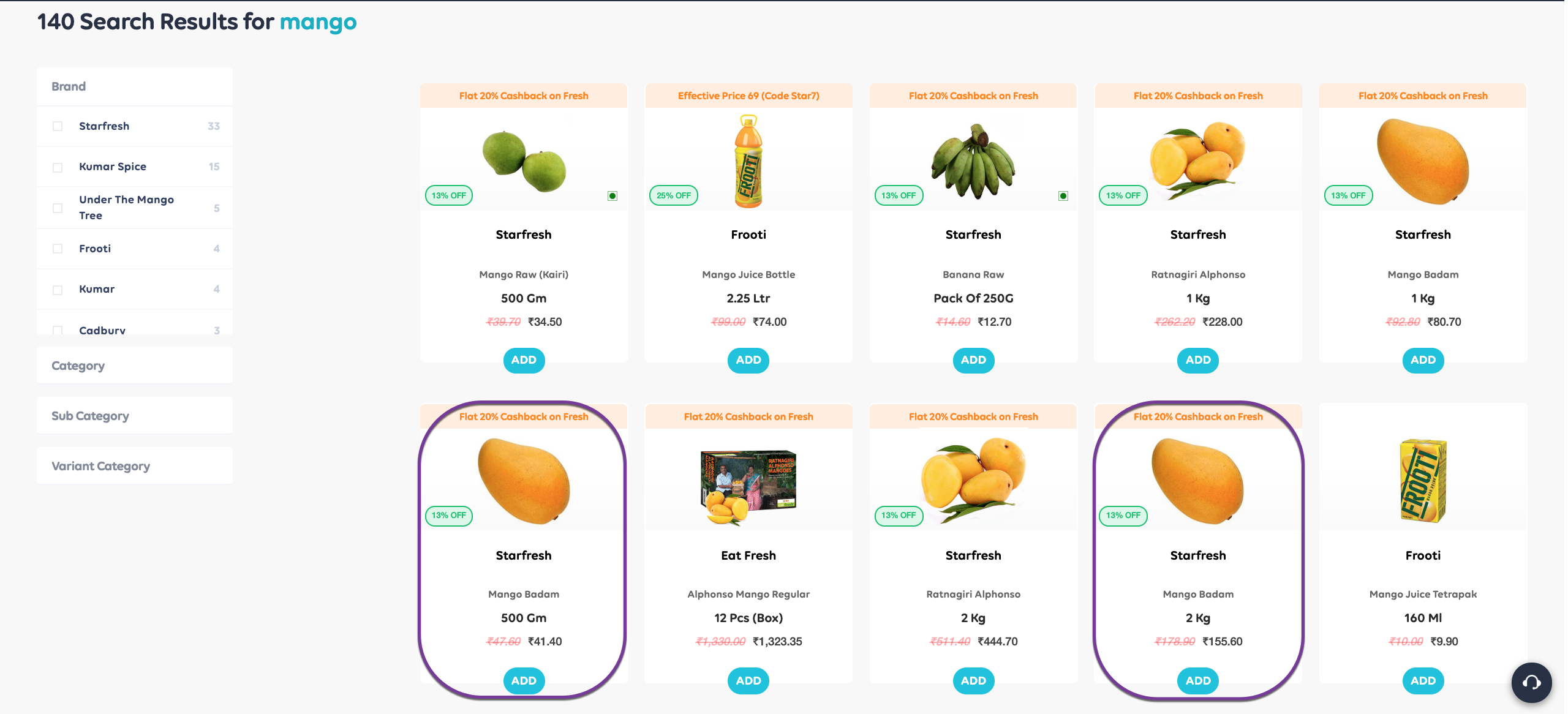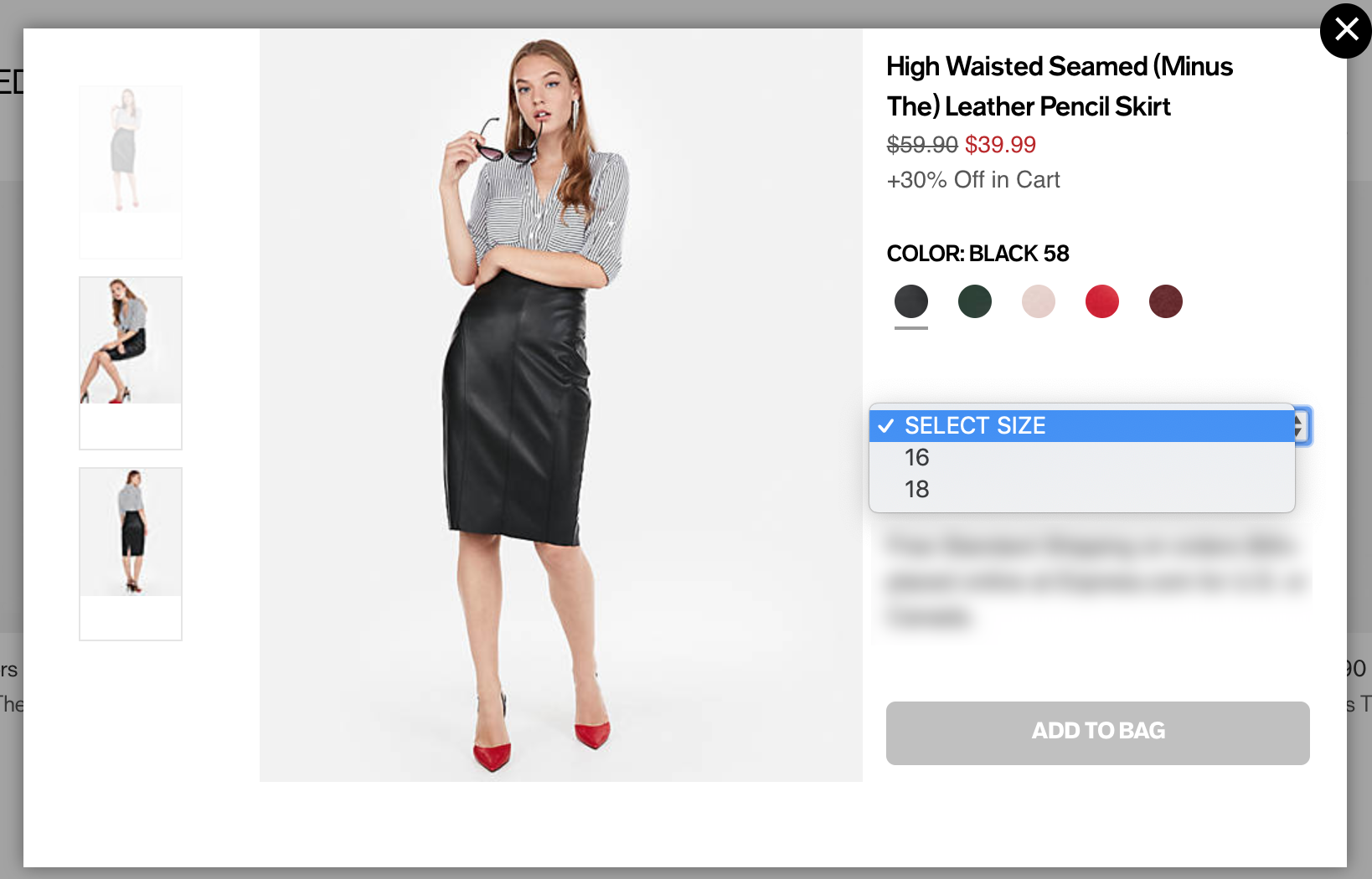Prepare Your Catalog
Learn how to structure and upload your product catalog with required attributes and variants for optimized search and merchandising on Unbxd.
Overview
In this section, we define the product catalog and its attributes and discuss different ways of sending your catalog to the Unbxd system. The catalog file contains a list of all your products and their attributes. Search engines manage the information associated with products using attributes or fields.
Some generic attributes considered universal across businesses are:
- uniqueID (required)
- title
- price
- description
- category
- imageURL
- productURL
- currency
- brand
- color
- price
- availability
Broadly, the typical feed will contain many other attributes, including display, searchable, merchandisable, and unique attributes.
Fields
The product attributes store information related to a particular product. The attributes in a catalog can be classified into following categories :
- UniqueId
- Feature Fields
- Custom Fields
UniqueID
UniqueId is a unique identifier associated with every product in the catalog. It is used to uniquely identify a product. Also known as a Stock Keeping Unit (SKU) or a productID (pid), the unique identifier helps the search engine keep track of sales of a particular product and maintain your store’s inventory. The UniqueId attributes may not be visible to shoppers and can remain completely hidden.
NOTESpecifying 'UniqueId' for a product is mandatory.
Feature fields
Feature fields are a list of Unbxd fields that are necessary for the majority of basic functionality to work and are expected to be included in your catalog.
fieldname | multiValued | dataType | Description |
|---|---|---|---|
uniqueId (mandatory field) | false | text | Unique identifier of a product. It cannot have special characters except ‘-’ and ‘_’ |
variantId | false | text | Unique identifier of a variant (if present). It cannot have special characters except ‘-’ and ‘_’. It needs to be unique across the entire product catalog. |
variants | true | text | The field holds all the product variants. |
title | false | text | Title or name of a project. |
price | false | decimal(or double) | Price of a product. |
description | false | longText | Description of a product. |
category | true | text | Name of the category a product belongs to. |
subCategory | true | text | Name of the sub-category a product belongs to. |
categoryPath (mandatory field) | true | path | The category hierarchy of a product is separated by >, such as Men>Shoes>Casual Shoes. If categoryPathId below is included, categoryPath is not required as it will be generated automatically by the system |
categoryPathId | true | text | For catalogs with category IDs available, categoryPathId represents the mapping between category names and category IDs. IDs and Names need to be separated using “|”. For example, “cat100|Home>cat101|Luggage & Travel Accessories>cat102|Travel Accessories” |
imageUrl | false | link | URL of a product image. |
productUrl | false | link | URL of a product's Product Detail Page (PDP). |
currency | false | text | Currency of a product. |
brand | false | text | Brand of a product. |
color | rue | text | The color of a product. |
availability | false | bool | Product availability in “true”/“false” format. |
sku | false | sku | Unique identifier for an item. |
gender | false | text | Gender for a product. |
size | true | text | Size of a product. |
rating | false | decimal | Rating of a product. |
discount | false | decimal | A discount on a product. |
sellingPrice | false | decimal | Selling price of a product. |
NOTEIf your catalog contains a feature field with a different name, you can either map it to the corresponding feature field from the Unbxd Console or rename your existing field to a feature field in the schema.
Custom fields
Attributes that are not part of our list of Feature Fields but part of your product catalog are known as Custom Fields. These attributes and their properties are included in your schema.
Like Feature fields, our search engines use these attributes to power product discovery on your web page.
Variants
Variants are products that share the same SKU or productID (PID) but have at least one or more fields, like color, size, patterns, that differ from the other fields of the same PID. The search results page will display these products as distinct products.
Once your catalog has updated information on variants, you can add variants to your existing feed. In each of the illustrations below, variants are configured to appear differently.
- Illustration 1: The HDMI cable has five variants: color, size, gauge, quantity, and output.

Variants for Cables
- Illustration 2: In the illustration below, the product Mango Badam has one variant: size. The PLP chooses to display the product as two separate entities here.

Variants for Mango Badam
- Illustration 3: In this illustration, the skirt has two variants: color and size. The other fields like title, description, fabric/material, price are the same.

Variants for Skirt
Best Practices
To ensure your feed is uploaded and integrated seamlessly, here are some practices we recommend:
- Ensure every product has the associated uniqueID.
- Ensure all attributes are defined in the schema.
- Ensure your catalog file is in JSON format.
- Field names are case-sensitive.
- Field names should start with an alphabet or underscore. They can be alphanumeric, have hyphens, or underscores. They cannot contain special characters, spaces between words, or end with an underscore.
- Do not send fields that have null values.
Updated about 1 month ago
